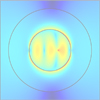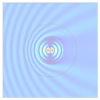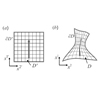Novel optical devices
Our work is directed towards finding ways to apply emerging materials like graphene and concepts from plasmonics and metamaterials in novel optical devices. We have an ongoing collaborative project with the CNR Institute for Microelectronics and Microsystems in Rome, focusing on the development of novel metamaterial-based liquid crystal devices. It is a "Grande Rilevanza" type project funded by the Italian Ministry of Foreign Affairs and International Cooperatoin, Directorate General for the Country Promotion. For more information, see the LC-NANOPLASM website. (LINK: http://opto1.artov.imm.cnr.it/lc-nanoplasm/)
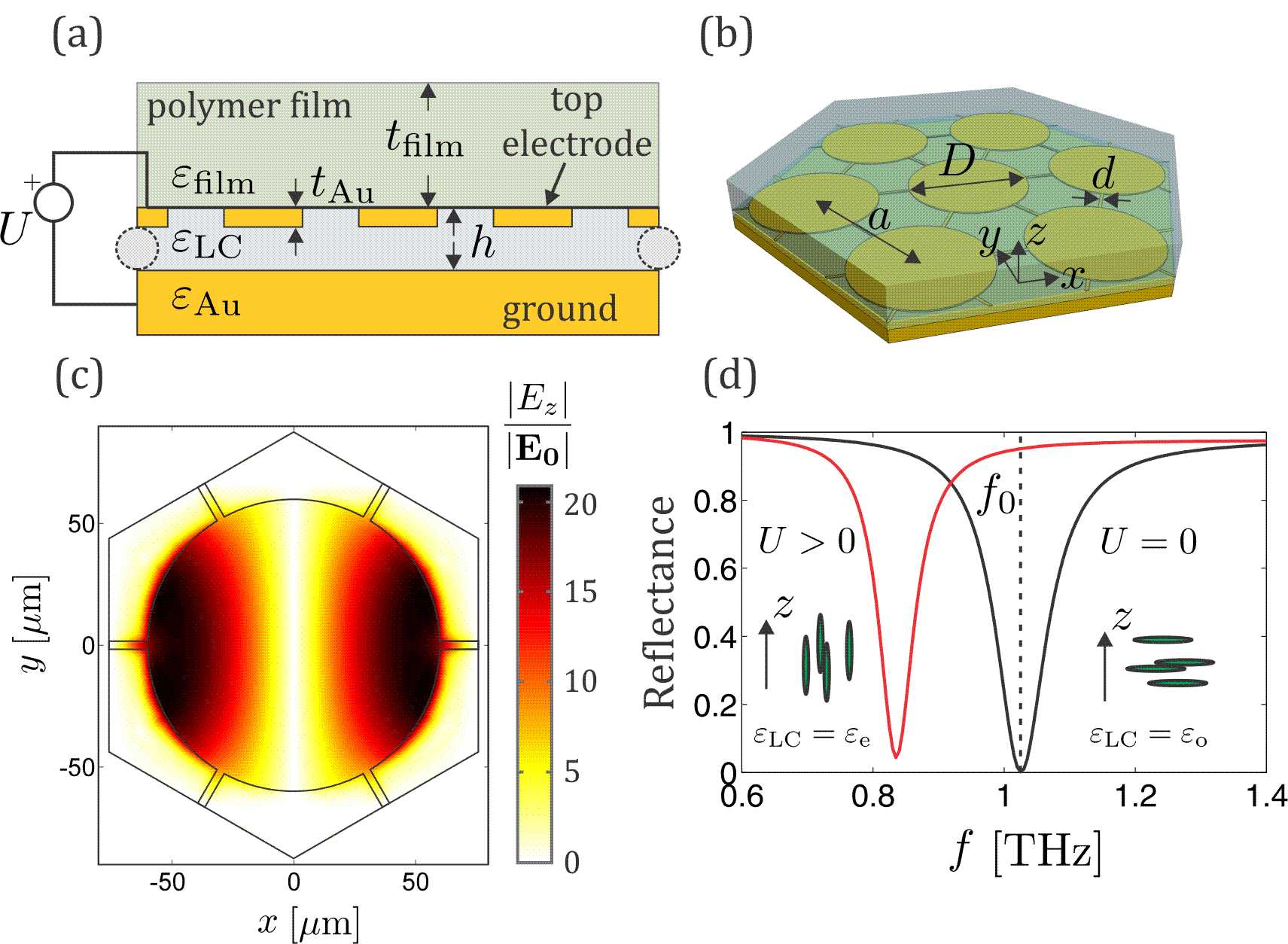
Figure 1. Schematic of the proposed electrically tunable Terahertz absorber based on the critical coupling between the liquid crystal cavity and external fields. (G. Isic, B. Vasic, D.C. Zografopoulos, R. Beccherelli, R. Gajic, Phys. Rev. Applied 3, 064007 (2015))
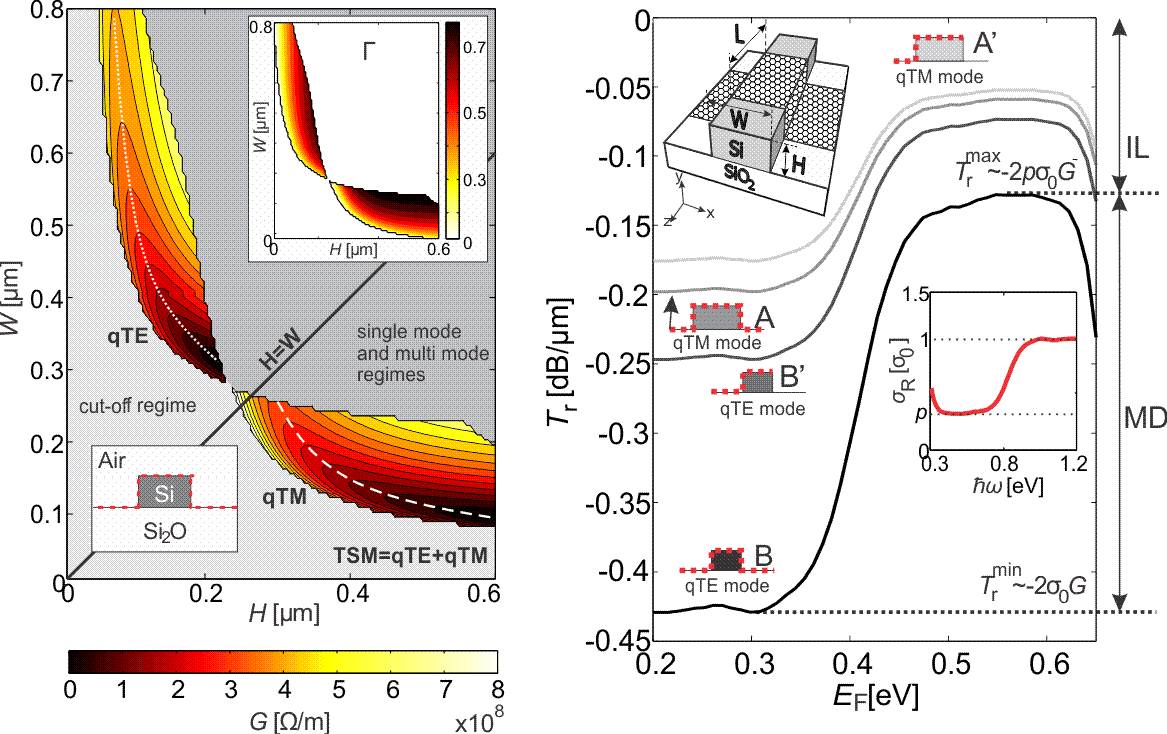
Figure 2. We have demonstrated that the modulation depth of graphene based electro-absorptive optical modulators can be improved up to a few times by optimising the geometrical parameters of the waveguide. We also find that the optical properties of graphene set the ultimate limit on the performance of such modulators, since the modulation depth to insertion loss ratio is determined only by the residual conductivity of graphene.(U. Ralevic, G. Isic, B. Vasic, D. Gvozdic, R. Gajic, Role of waveguide geometry in graphene-based electro-absorptive optical modulators, Accepted for publication in Journal of Physics D: Applid Physics (2015))




